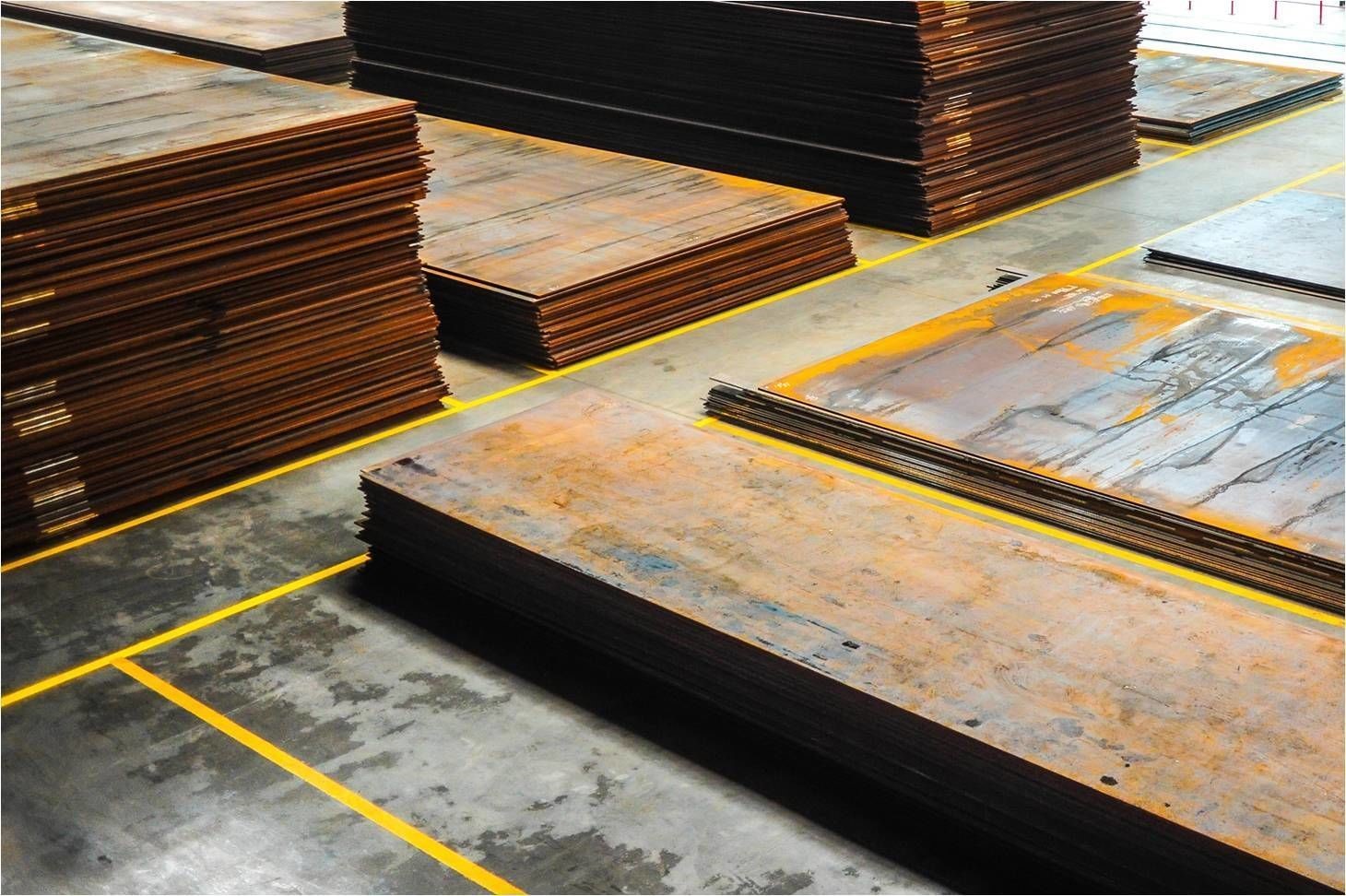What are Wear Resistant Plates?
Wear and tear are constantly challenging in industries where heavy machinery and equipment are utilized. The repetitive friction, impact, and abrasion can cause significant damage and reduce the lifespan of crucial components. This is where wear-resistant plates come into play. These specialized materials are designed to withstand extreme conditions, protecting valuable assets and ensuring optimal performance.
Wear resistant plates, also known as abrasion-resistant or AR plates, are high-strength steel plates engineered to combat the detrimental effects of wear and tear. They possess exceptional hardness and toughness, making them ideal for applications where components are exposed to intense friction, impact, and abrasive forces. These plates are commonly used in mining, construction, manufacturing, and agriculture.
Key Features and Benefits
Wear resistant plates offer several key features that make them highly desirable in various industrial sectors:
- Exceptional Hardness: These plates are made from alloyed or carbon steel, which undergoes heat treatment to achieve optimal hardness. This hardness significantly improves resistance to wear, reducing the need for frequent replacements and resulting in cost savings.
- High Strength: Wear resistant plates possess excellent tensile strength, allowing them to withstand heavy loads and impacts without deformation or failure. This attribute ensures the longevity and reliability of components even under extreme conditions.
- Abrasion Resistance: The primary purpose of wear resistant plates is to combat abrasive wear caused by materials such as rocks, minerals, sand, or metal fragments. Their unique composition and surface treatment minimize the material loss due to abrasion, preventing premature failure and extending the life of equipment.
- Impact Resistance: Wear-resistant plates provide an added advantage in industries where impact forces are prevalent. Their robust nature enables them to absorb and distribute impact energy, reducing the risk of fractures and enhancing overall durability.
- Versatile Applications: Wear resistant plates find applications in various industries. From mining truck beds, buckets, and chutes to conveyor systems, crushers, and hoppers, these plates are used wherever material handling, crushing, or impacting processes occur.
- Easy Fabrication: Despite their hardness and durability, wear resistant plates can be cut, welded, and formed into various shapes and sizes. This flexibility allows manufacturers to customize components according to specific requirements, ensuring seamless integration into existing systems.
Types of Wear Resistant Plates
Different types of wear resistant plates are available, each catering to specific operational demands:
- AR400: AR400 plates provide excellent resistance to abrasive wear, making them suitable for applications exposed to moderate to heavy impact and sliding abrasion. These plates are commonly used in the mining and construction industries.
- AR500: AR500 plates offer even higher hardness, making them ideal for extreme wear conditions. They are widely used in quarrying, cement production, and recycling industries, where heavy-duty equipment is subjected to severe abrasion.
- AR600: AR600 plates are the toughest among wear-resistant plates, designed to withstand the harshest operating conditions. They find extensive use in applications involving extremely abrasive materials, high impact, and intense sliding wear.
Maintenance and Care
Proper maintenance and care are essential to maximize the lifespan and performance of wear-resistant plates. Here are a few tips:
- Regular Inspections: Regularly inspect components and look for signs of wear, such as grooves or thinning. Identifying potential issues early allows for timely repairs or replacements, preventing further damage.
- Proper Lubrication: Ensure appropriate lubrication of moving parts to minimize friction and reduce abrasive wear. High-quality lubricants specifically designed for heavy-duty applications should be used.
- Correct Usage: Follow manufacturer guidelines and recommendations for operating conditions, load capacities, and maintenance practices. Proper handling and usage can significantly extend the lifespan of wear resistant plates.
- Prompt Repairs: Address any damage or wear promptly to prevent it from spreading and causing more significant issues. Regularly monitor components and take immediate action if any degradation is observed.
Conclusion:
Wear-resistant plates are vital in strengthening industrial equipment’s durability and performance while minimizing maintenance costs. With their exceptional hardness, high strength, and resistance to abrasion and impact, these plates enhance the lifespan of critical components and ensure smooth operations in challenging environments. By investing in wear resistant plates, industries can protect their valuable assets, reduce downtime, and improve overall productivity.
